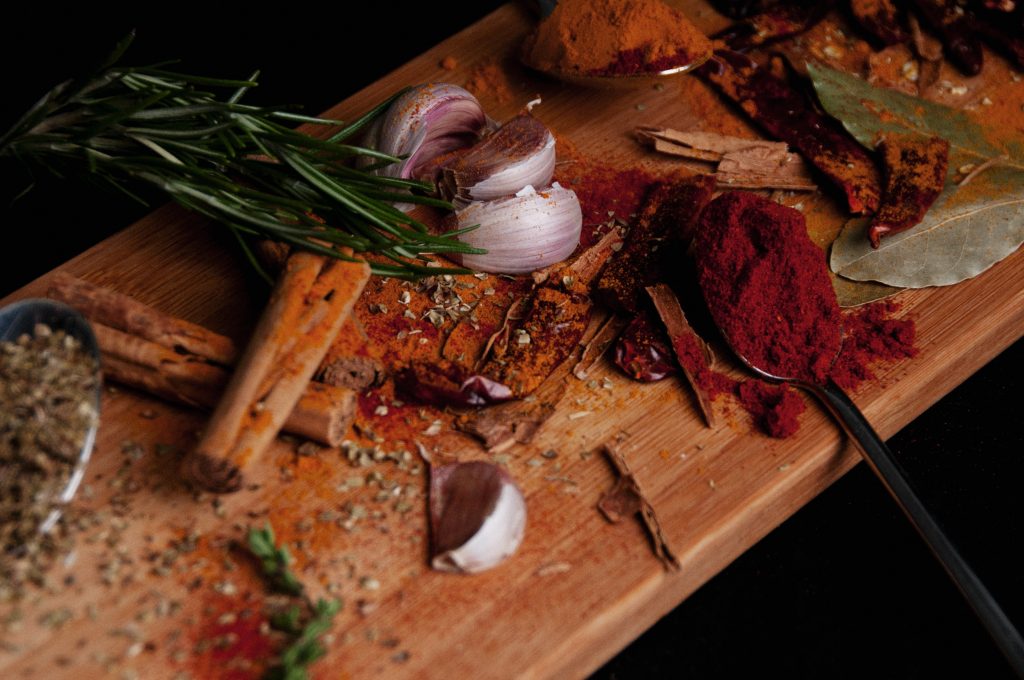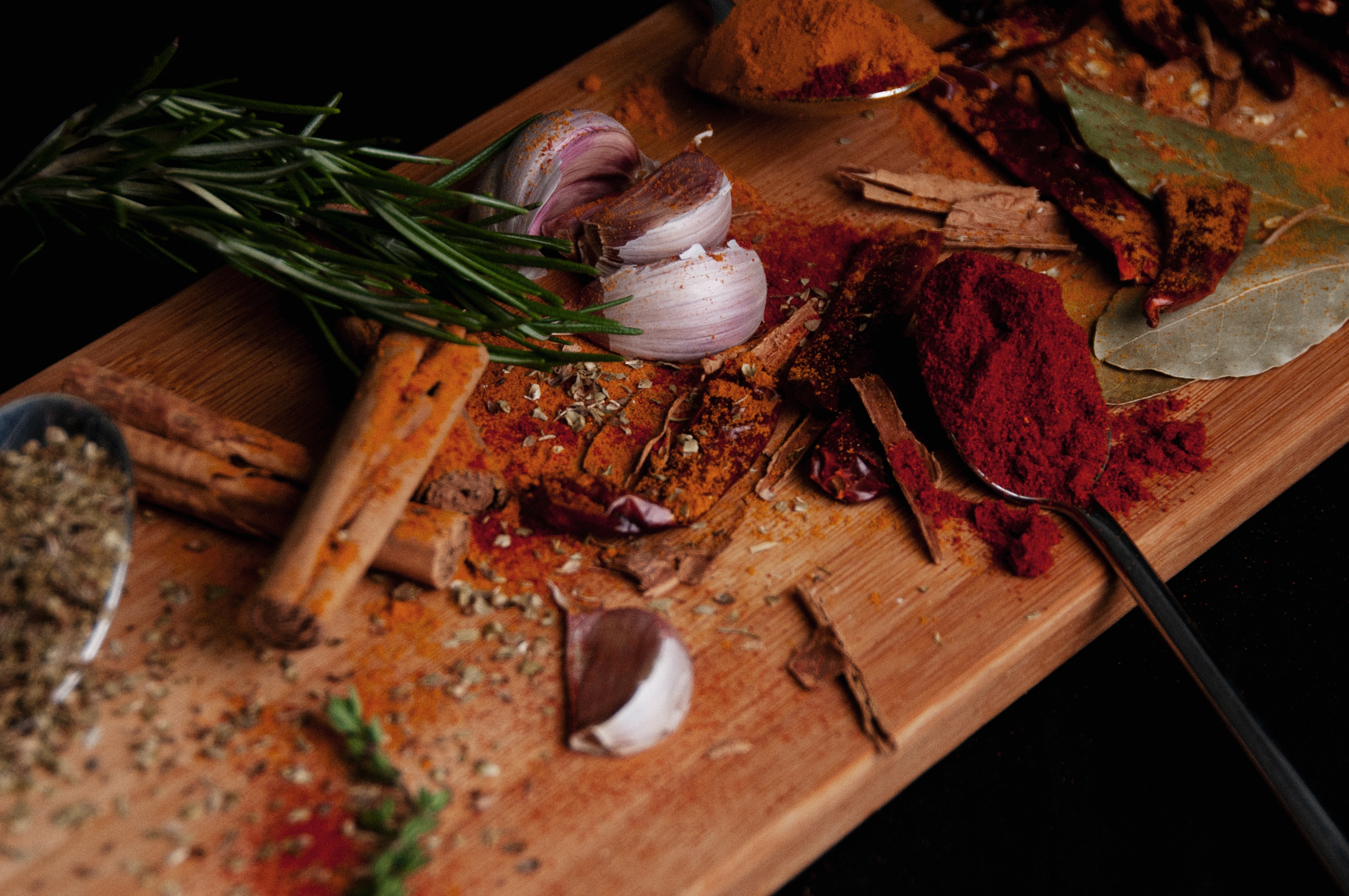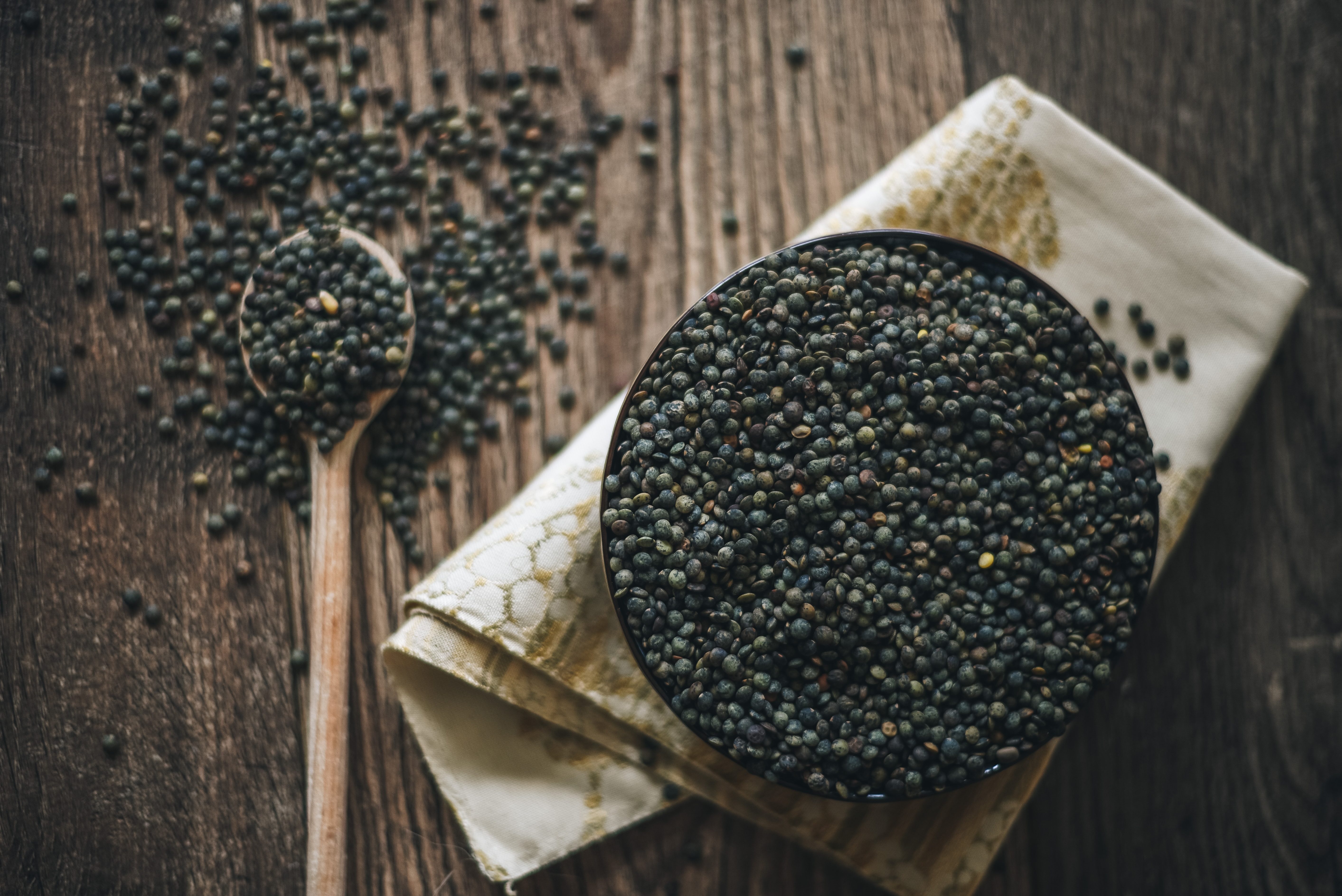
A lot, actually.
People like me, with roots in India, have struggled through the Biryani Roll controversy, the Chickpea Tikka Masala drama, the Jalebi-is-not funnel cake fiasco, and most recently, the Dal Makhani debacle. We could not directly put our finger on why this caused us discomfort- because every public debate metaphorically danced around issues ranging from freedom of personal expression, artistic license, and most fundamentally, who gets to call the shots. No debate addressed the real cause of concern: that the discomfort came in not so much as the taste, but the name of the dish, and the confusion and mixed messaging it presented.
Here is some context that may explain why this bothers us so. Very few people living outside India have experienced the agonizing task of picking a child’s name in the same way an Indian family does it. Each name has a meaning, a connection or tie to family history. In the largely Hindu nation, in the 21st century with missions to Mars, naming anything—especially a child—can involve many things including but not limited to astrological charts and pundits — all ancient practices that are seldom challenged or controversial. Apart from a little inconvenience, they are harmless, instead, offer a humorous way to engage the entire family in the new addition. We had picked out a whopping 36 boy names and 36 girl names picked out when we were expecting our daughter (we had chosen to not find out beforehand). I still have that list somewhere.
The joys and challenges of naming an offspring are not limited to Hindu parents in India. Modern or not, even among its many religious communities — Christianity, Zoroastrianism, Muslim, Sikhism, Buddhism, Jainism, and in their sub-sects, there remains a very heavy reverence to the opinions of elders, no matter how strained the relationship is. This is an opportunity to stay connected to one’s roots and is never done willy-nilly.

I can’t recall the origin of this phrase: “You are only as strong as your roots,” perhaps it is a phrase the Jewish community uses in preparation for the Feast of Trees, but I believe there is much to be learned from this sentiment.
As a novice food writer, I routinely graze through pieces that attempt to celebrate Indian cuisine. Most are written in good faith by ‘so-hot-now’ chefs, writers and such. It is great to see them getting recognition — everyone deserves their fair share of the limelight. I am supportive of chefs experimenting with flavors, combining old and new, finding a balance, and making it their own.
But I fall in an unusual category of having done just enough to know when something is spot on, and when something is terribly off the mark, particularly when a dish I have loved cooking, eating or teaching others to make is misrepresented. Having cooked for about 35 years, I managed to write enough on my own to merit a few inches of shelf space on my own bookshelf. I write about classic dishes that I grew up with, dished learned from watching chefs on television, and experimenting on my own. Surely, many of my dishes were adapted along the way and I never claim to know everything, and I make sure my readers know that. However, between eating, writing, cooking, and teaching — what seldom misses my eye (or taste-buds) is when the food world chooses to skew the expectations of an Indian dish by calling it something it is not.
I have also been silenced by food editors in private, some even POC’s, when I questioned the weaknesses of a recipe presented as a “traditional” Indian dish, or when I lamented that the writer would have done more with the latitude they had. Some defended these pieces with “that is their audience” and “what is the harm.” Social media is a showcase of a diverse group of writers and editors, particularly POC’s who speak up, openly refusing to wish to carry the “burden” of their cultural roots or align too closely with anything that represents their roots because they feel pigeon-holed. I don’t doubt that their struggles are rooted in an assertion of individuality. I agree they are all more than that. However, such aspirations don’t accurately show the growth or trajectory of their creative endeavors. In addition, what they forget that each one of these individuals who has a platform, or an audience, and the means — also has the luxury of latitude, and the luxury of privilege, no matter how long it took them to get in front of the spotlight, or the intensity of their struggles. Their struggles and their hard-earned limelight also come with greater urgency in ‘calling it out.’

Respecting the audience:
There would be a global backlash if someone called a Marinara an Italian ‘Makhani’, or a Makhani, an Indianized Marinara sauce. I mean no disrespect, but if this association bothered you, you might understand why any dish is much more than a name (and a name means something).
No cuisine allows culinary nomenclature to follow the style of naming monarchs from the olden days, where there was King George-I, King George-II and so on. Even then, there remained respect to the order in the lineage, and to hierarchy as an extension. So why should Indian food be treated differently?
Creativity is not about minor alterations, but creating something entirely different, one that then merits its own space, and therefore its own identity, and its own name.
There is no ‘line in the sand’ moment of Indian cuisine because it isn’t a beach where the ebb and flow of the ‘diner-whim’ tides constantly shift the shoreline that defines the cuisine. Indian food is a complex beast with many facets. It holds many nuanced elements that some attempt to bypass in lieu of making it their own. Perhaps it has not occurred to anyone, or perhaps those familiar with Indian food have overlooked a need for guidelines in the food nomenclature as it relates to Indian food. Would anyone who has eaten either of these: ‘sliced bread’ and ‘pizza’ use the reference interchangeably? In the same breath, should all (Indian) breads be called ‘naan,’ all chicken dishes be called ‘Butter Chicken’ or all (Indian) caffeinated beverages be called ‘Chai-tea?’ What has the food world done, particularly those promoting the cuisine — to educate a casual diner to know what makes a dish a ‘makhani’, or a daal — a daal? Or, what are the subtle nuances to differentiate a paratha from a luccha paratha? What makes kheer and rabdi different? Why is Jalebi NOT a funnel cake? What constitutes a biryani and why is it different from a pulao, or in one particular instance — why is it not a wrap? Diners don’t see it on the menus and barring some books by indies like me, consumers are not seeing it in cookbooks either.
Consumers are unconsciously accustomed to seek familiarity, visual cues of signs and colors. Authors and their agents are familiar with the term ‘comps’ or ‘comparable’s.’ In the food world, diners are looking for flavor comps. The familiarity in the names of dishes on a long menu is muddled, and the same dish appears three different ways with different price points! Many eateries follow the KISS — Keep It Simple (&) Stupid model, and offer up dish similar to something, the ‘-esque’ version, rather than taking the opportunity to educate diners to explore the nuances of the cuisine, past what they have eaten before. These comps only tease the diner with a suggestion. Comps of cooking methods rely on phrases like Curry (sauce-based), Tandoori (clay oven), Tadka (add-on tempering), Baghara (add-on tempering), etc. that matter to the diner only if the diner is savvy. Or, the name hints at its flavors with phrases like Adraki (ginger), Lasooni (garlic), Makhani (using butter/cream), Mughlai (with nuts and cream) or Masala (spicy). Regional affiliations such as Kashmiri, Hyderabadi, Bengali, Rajasthani, and others become relegated to being props in the puppetry of this game of shadows and mirrors, and sometimes do not even include flavors associated with that gastronomical region! Yes, India has several gastronomical regions.
In addition, many establishments bet on the assumption that the diner may not know anything about the dish they are eating, or hope that the diner is too enamored by the long complex name on a menu, and the kitschy décor, that they forget to ask ‘why is the dish called so.’ It is infinitely worse, second-hand embarrassment almost when the creator embedded in, representing or affiliated to the food culture they are peddling, is the one also unapologetically disseminating the ‘-esque’ version as an ‘authentic’ one.
Such infractions are not blind appropriations or an excusable naivety on the part of the establishment, but far from it. It forces us to have a conversation about respect and identity. If the creator, the one who is closest to the source does not respect the source, what hope is there for others?
I respect the originality of interpretations. But the cuisine as complex as the Indian cuisine also merits the respect for its roots and identity. If the chef alters recipes but chooses to hide behind an old name, merely to promote familiarity, they have lost an opportunity to showcase their own creativity. In a written context, and on the menu, this information is critical. If a chef alters a recipe, I wish they would admit the alterations and not promote it as one without roots. That singular act, one that eliminates context, also eliminates a reader’s appreciation of a chef’s creativity, and instead presents a complex cuisine as a nebula, a mere assemblage of random ingredients, too far away for anyone to care, but exotic enough to be written about.
For me, and others like me — it is no longer about changing the expectation of a dish or a misunderstood cuisine, and surely it is never (now more than ever), never about making something acceptable to suit someone else’s palette, or conform to a populist idea. It is always about transparency, recognition, acceptance, and appreciation of its core identity.
What is the harm?
Misrepresented creative expression does a tremendous disservice to the legacy of cuisine, and its ripple effect appears in the food industry.
I remain greatly concerned about the role of media in influencing the space Indian cuisine occupies in a conventional diner’s mind, and how dishes are promoted, especially those that deviate so pointedly from classically based recipes — and how they skew the concepts and methods behind its roots. For instance, excluding any header or commentary in print about a classical dish (X), or what merits a change to X-a, instead merely presenting X-a, the adaptation, ignores the nuances of the classical recipe (X). Instead, it promotes the notion that this, X-a, is ‘better’ simply because it is published in a magazine, or is made in a restaurant set in a posh district. It also sets up an assumption that X, the dish that mom-and-pop establishments offer, the one that stays truer to a classic taste, or the one that folks make at home — is sub-par. Correcting it, after the fact, is again a reflection of the afterthought that is given to the cuisine itself, and the identity of the dish itself.

To say the least, I am not in favor of promoting an approach that does nothing to educate its audience about a cuisine, one that is already largely misunderstood, underappreciated and frequently appropriated.
I am all for supporting local farmers, restaurateurs, and small businesses. Believe me, I come from a farming family, my family was part of the restaurant and hospitality industry for a while, and more importantly my late grandfather—whose food legacy I carry and treasure—owned a cookie shop in the late 1970s (coincidentally, it was called Nandita Dry Fruit, in Thane(E)). I’ve sold our organically grown, farm fresh produce outside our teeny farm in India and in the village market, dealt with bargain seekers and old wrinkled and high pitched fisherwomen who would haggle with me over small change — even back when I was a young child. I’ve grown and harvested all kinds of vegetables, thrashed and winnowed rice when we grew it, harvested Alphonso mangoes, learned how to mill our own flour, and even pounded copious quantities of spices in oversized mortar and pestles the hot summer sun. This is before I even turned 25. So, when I see someone walk all over a small ethnic store — I see cultural curating. I see it when key-ingredient substitutions in classic dishes are offered for the sake of variety, and particularly for the sake of appeasing another community, and not because the ingredients are difficult to procure. It sends a coded message to diners, shoppers and consumers—don’t bother exploring the many narrow and full isles of your local ethnic store. It tells food enthusiasts—you don’t need to spend your dollars in the local versions of the Patel Brothers, the Cherians, Spice Marts or India Plazas, whose spice and flavor laden isles can possibly change your perspective on the day-to-day lives of your immigrant neighbors and possibly even your coworkers, of the varieties of old-fashioned grains and ingredients that you may have never heard of until now. I wonder if all these grocery stores are merely placeholders, that will serve as fodder for the next generation of yarn-spinners to later mine for their narratives on how they discovered their family roots in aisles of a fragrant ethnic mart? Will these narratives then be splattered across the same glossies and dailies that now share the ‘new’ Indian dishes and do not tell their stories to begin with? Tell me: how does none of this matter? How does this not add to the othering of brown and POC voices? Explain to me how this does no harm.
I respect chefs, classically trained, or those who are career transplants into this field who are upping the game, so to speak. I admire their drive to bring Indian food to the masses, their passion for flavors, their love of the food lore. I want to respect their creativity and originality. However, I will always remain deeply disappointed if I order a tandoori chicken (an iconic north Indian specialty with a specific spice profile) and it is served to me, cooked and then doused in Chettinad flavors (unmistakable flavors from the Southern India) with the distinct flavor of curry leaves.
To anyone who does not still know this: A dish is not made Indian because of the addition of curry leaves, and is never so because of the addition of the kitchen sink of spices, curry powder (I shudder in disgust).
There are still many misconceptions about the core flavor profiles of traditional Indian dishes, and to ignore the roots of a dish, is to ignore more than just that — it washes over a legacy, its history, and eliminates its context. It is its whitewashing or allowing so, in more ways than one. Sadly, those who use the iconic cultural appeal to exclusively and extensively promote a specific aesthetic, also carry the burden of offering clarity, a fidelity or even a reverence to the classic when they choose to improvise. I expect everyone to do better, because the Indian cuisine deserves as better seat at the table. I expect more when I dine at the establishment (and when I read an Indian cookbook).
I don’t conform to popular opinion and fully expect that if a food editor from one of my coveted, top-tier, wish list publications reads this piece, it just might be our brief hello-and-goodbye. I wish they would correct my assumption.
Meanwhile, I take this on as a personal challenge, that with each misrepresented, improvised, stylized train-wreck-of-a-controversy Indian dish the media chooses to put on display, or promote, if I can cook or eat it, I will share a simpler recipe a bit closer to what is made in my home, just for kicks.




